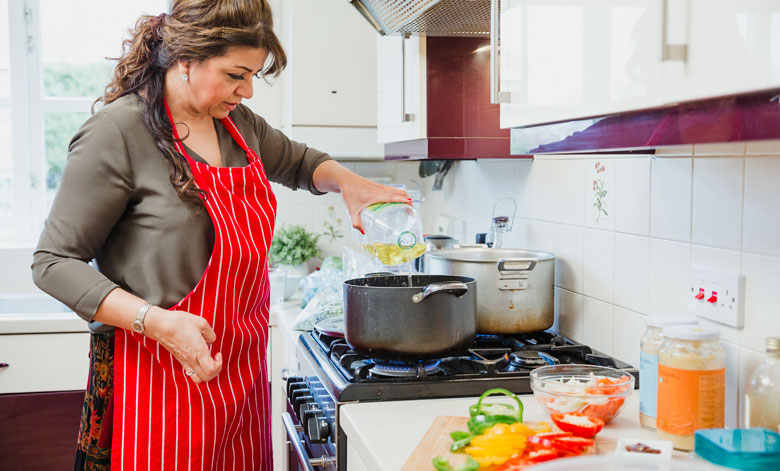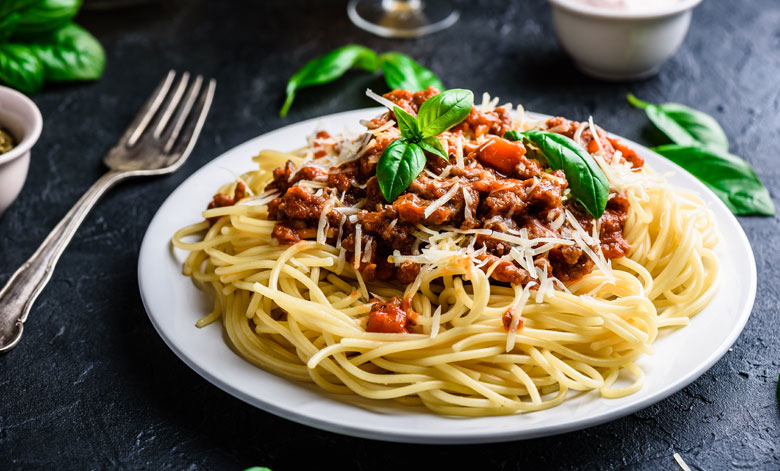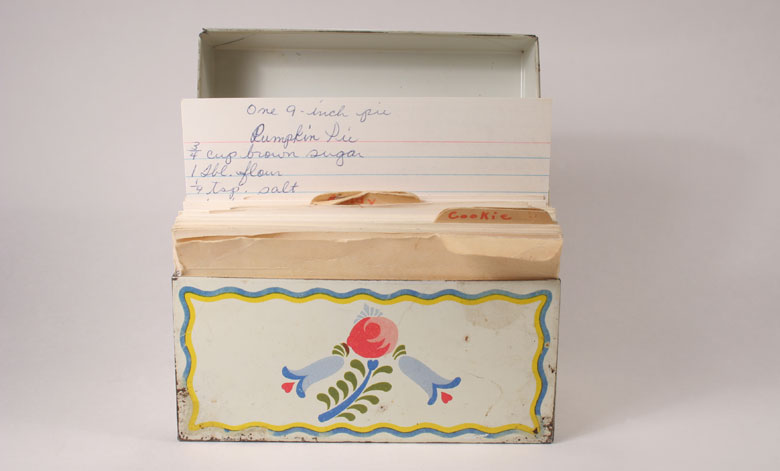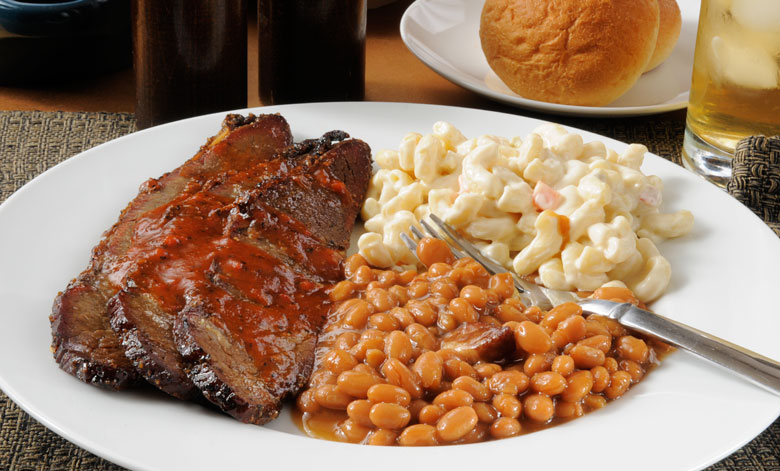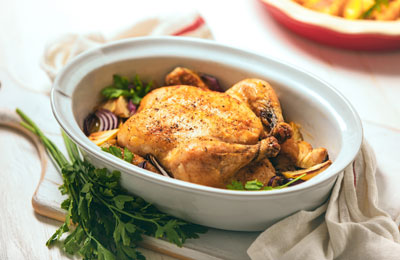
When someone we care about loses a loved one, we want to do something to help. One time-honored way is to provide the grieving family with the ideal sympathy meal. We’ve got some helpful tips for ways to make sure that you create a sympathy meal that is sure to be appreciated.
Keep in mind there are no right or wrong dishes, but there are certainly some that are better than others. Our Sympathy Meals page is a complete resource to provide you with all you need to know when deciding what to make for the ideal sympathy meal.
10 Tips for Creating the Ideal Sympathy Meal
Do you have a favorite sympathy meal recipe? If so, we’d love to have it. We are compiling a recipe book of popular sympathy and funeral foods. We’d love to include your recipe. Of course, we’ll give you full attribution. Send your recipe to contact@funeralwise.com.
Don’t like slideshows? Here’s the full list.
10 Tips for Creating the Ideal Sympathy Meal
1. Work with a group.
There is nothing wrong with creating a sympathy meal on your own and delivering it to the grieving family. Your meal will be welcome and appreciated. To make a bigger impact, organize a meal train. To do that, coordinate with others who would also like to contribute food and meals. There are many online resources available to help you set up a schedule quickly and easily at no cost.
2. Get input from the family.
It’s always best to get information from the family so that you can avoid foods they don’t enjoy, discover special dietary requirements, and nail down details such as what time of day they would like to have the food delivered and how they would like to be notified that the food has arrived. This is particularly important if you are organizing a group effort. If you are not comfortable reaching out, contact someone close to the family to be the point of contact.
3. Keep it Simple.
Your goal is to make things easier for the grieving family. Meals that are simple and can be easily reheated and served work best. Avoid creating complicated menus that require many steps and take a long time to make it from freezer to table. The ideal sympathy meal is easy to transport, easy to reheat, and easy to eat.
4. Include Preparation Instructions.
Don’t forget to include a brief set of instructions on the best way to prepare the food. For example, if frozen, does the food need to be thawed before heating? Can the food be heated in the container you provided? Does anything need to be added? Include any information that will make getting the food ready to eat easier.
5. Be careful to avoid allergens.
You absolutely want to be careful that your food doesn’t contain elements to which anyone in the family is allergic. If you cannot talk with someone from the family to confirm allergies, avoid including typical allergens such as peanuts and shellfish. Comply with any special dietary restrictions or special food requirements.
6. Make enough for leftovers.
Make a little extra so the family can enjoy lunch from your meal. You don’t need to make enough for an army, but ensuring there is enough to cover unexpected guests and have a little leftover will be appreciated.
7. Don’t forget light, healthy options.
We tend to turn to casseroles and other one-pot options when we provide sympathy meals. Many of these can be heavy and carbohydrate-rich. Be sure to consider offering healthy fare such as salads, fruits, and cheeses when deciding what you’ll make. Your meal doesn’t have to be exotic. Sometimes keeping things light and simple is best.
8. Make it a complete meal.
It’s easy to focus so closely on the entree that we neglect the add-ons like salad, dessert, and beverages. If you include everything needed to make a complete meal, you’ll make it easy for the family. Items like salad dressings and condiments make for a complete package.
9. Include a sympathy note.
A brief sympathy note not only lets the family know you are thinking of them, but it will let them know who sent the food. A written message can also be helpful if they are trying to keep track of contributions so they can write thank you notes.
10. Pitch in even if you can’t cook.
There are plenty of options for those who want to contribute but stay out of the kitchen. Gift cards to local and chain restaurants, as well as food delivery services, are always welcome. Many companies deliver sympathy food packages. Even if you don’t cook, you can provide food that expresses your condolences and makes life easier for the grieving family.
